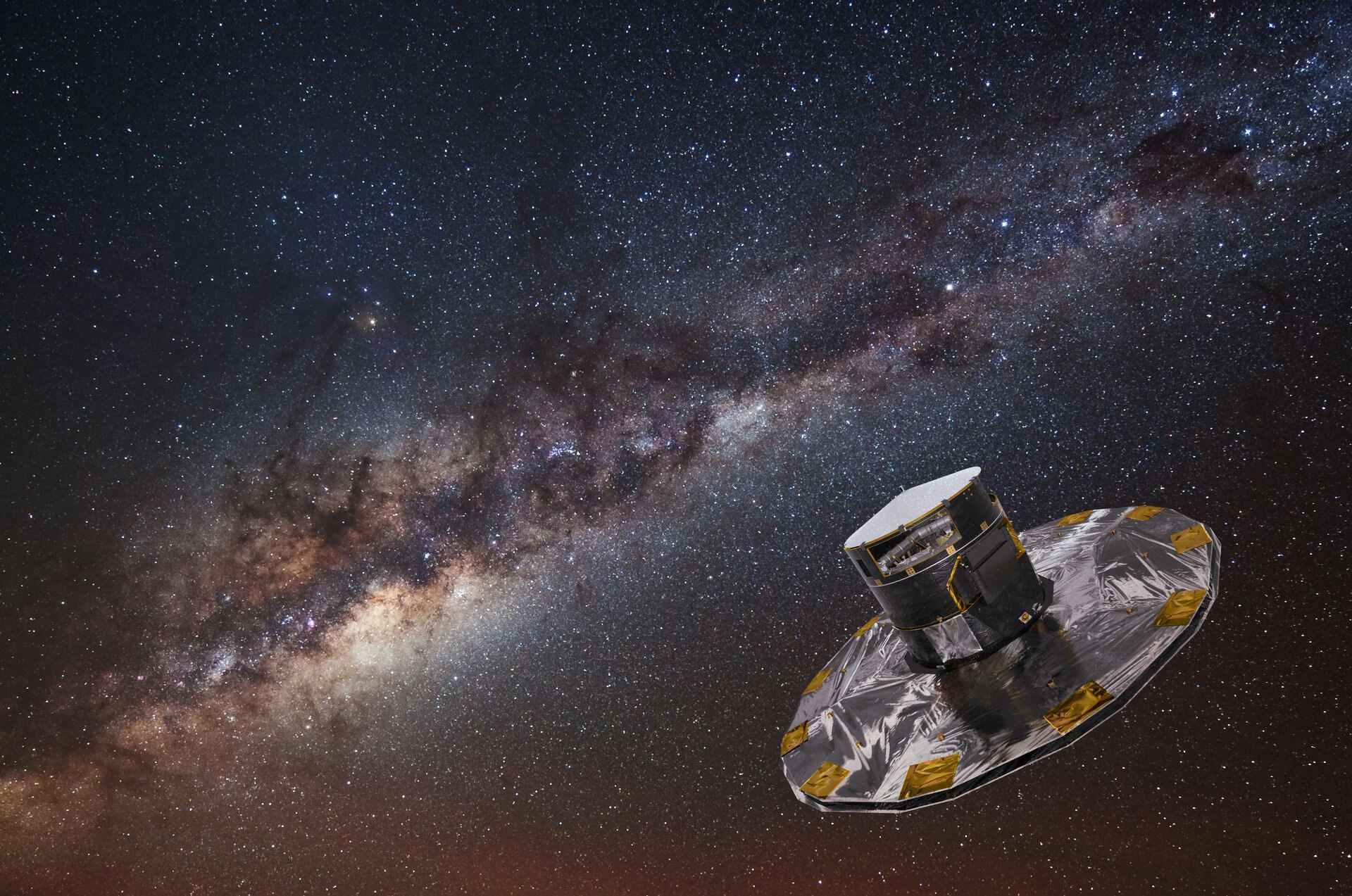
Astronomers first tuned radio telescopes to the stars in 1960 — but in the 62 years since, we haven’t found much when it comes to hints of extraterrestrial life. The strongest hint of anything out there is a tantalizing but ambiguous 72-second-long radio burst detected from outer space in 1977. In the intervening years, it’s come to be called the Wow! Signal, and frustrated astronomers because it’s never repeated.
Now, in a new study published May 6 in the International Journal of Astrobiology, a researcher analyzed thousands of stars and identified a potential Sun-like star that could be the source of the enigmatic signal — if it is actual aliens, of course.
HERE'S THE BACKGROUND — On Aug. 15, 1977, at 10:16 p.m. Eastern, Ohio State University's Big Ear radio telescope was scanning a region in the constellation Sagittarius when it detected a signal 20 times stronger than background emissions. The next morning, as astrnomer Jerry Ehman reviewed observations the night before, the surprising nature of the discovery led Ehman to write "Wow!" on a computer printout of the data, giving the signal its name.
When it comes to the search for extraterrestrial intelligence, or SETI, "the 'Wow!' signal is still considered the best SETI candidate radio signal," study author Alberto Caballero, a science communicator who coordinates the Habitable Exoplanet Hunting Project, tells Inverse. However, since that night in 1977, astronomers have not been able to detect any other signals like it.
Previous research hunting for the source of the "Wow!" signal focused on radio signals from the area of the sky from which it was detected. In the new study, Caballero instead looked for stars in the right sections of the sky that might host an exoplanet similar to Earth and, therefore, life as we know it.

WHAT DID THE SCIENTIST DO? — Caballero examined data collected by the European Space Agency's Gaia mission, which is using a billion-pixel camera to create a 3D map of more than a billion stars across the galaxy with unprecedented precision. He examined the two sections of the sky the signal could have emerged from, each of which contains thousands of stars. (Big Ear possessed two “feed horns,” which are small antennas that direct radio signals into a radio telescope’s receiver, and it remains uncertain which feed horn fed Big Ear the “Wow!” signal.)
The researcher focused on G- and K-type stars. Our Sun is a G-type star, a yellow dwarf, and K-type stars, or orange dwarfs, are very similar to our Sun, and may prove even more hospitable to life as we know it since their longer lifetimes can give planets more time for life to evolve.

WHAT DID THEY FIND? — Caballero discovered 66 G- and K-type stars and identified one of them as the most Sun-like in terms of temperature, size, and brightness. Known as 2MASS 19281982-2640123, this star is located about 1,800 light-years from Earth.
"There is a solar analog in the region where the most alien-like signal has come from," Caballero says.
He also discovered two more stars with estimated temperatures very similar to that of the Sun and potentially similar brightnesses, and 14 more with potentially similar temperatures but unknown brightnesses. Still, he notes that any of the 66 G- and K-type stars could be suitable for followup research — he highlighted the stars that he did as potentially having the greatest chance for life, given their similarity to the only star known to host life, our own.
WHAT'S NEXT? — If 2MASS 19281982-2640123 is the source of the "Wow!" signal, it would take centuries for any reply from Earth to make its way there in the form of a radio or light signal. In the meantime, Caballero suggests looking for exoplanets and techno-signatures — technological signs of alien intelligence — in that system, as well as the other candidates he discovered.







